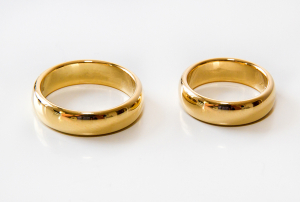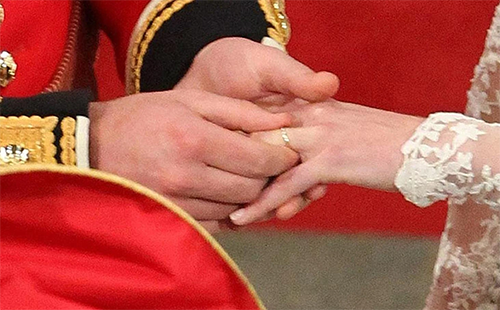Gold was being mined in Wales prior to the Roman arrival in 43AD and so we can say for certain that gold mining and exploration in Wales started over 2000 years ago. Wales as such did not exist then but there were four Welsh tribes one of which, the Silures (from which the Geological time period of Silurian was derived) was based in SE Wales and was likely responsible for any mining and trading of this around Europe.
The Romans came because they knew there was gold and lead in particular. They had developed expertise for mining these metals elsewhere in Europe and wanted to expand their portfolio.
Very soon after arrival they headed west to take on the Silures, and once subdued/assimilated established a gold mine and fort at Pumsaint (Ogofau) in South Wales and commenced mining on a more industrial scale.
The Romans used what we would regard as fairly simple techniques to break up the rock and recover free/weathered out gold while their exploration was focussed on looking for tightly folded sediments as they had Identified a connection between this and the presence of veining. Best guesses are that the Roman workings at Dolaucothi produced some 30,000 ounces of gold from about half a million tonnes of rock.
The Roman workings sit within our Dolaucothi Option Agreement but we have no intent to disturb the remaining Roman archaeology which provides an insight into life in Wales in this area at that time. The aim within our Dolaucothi Option Agreement is to look for extensions to what the Romans mined and associated structures while our other option agreements are located in areas where the rocks and structures are similar to those at Dolaucothi and which we consider also have equal potential to contain gold.


